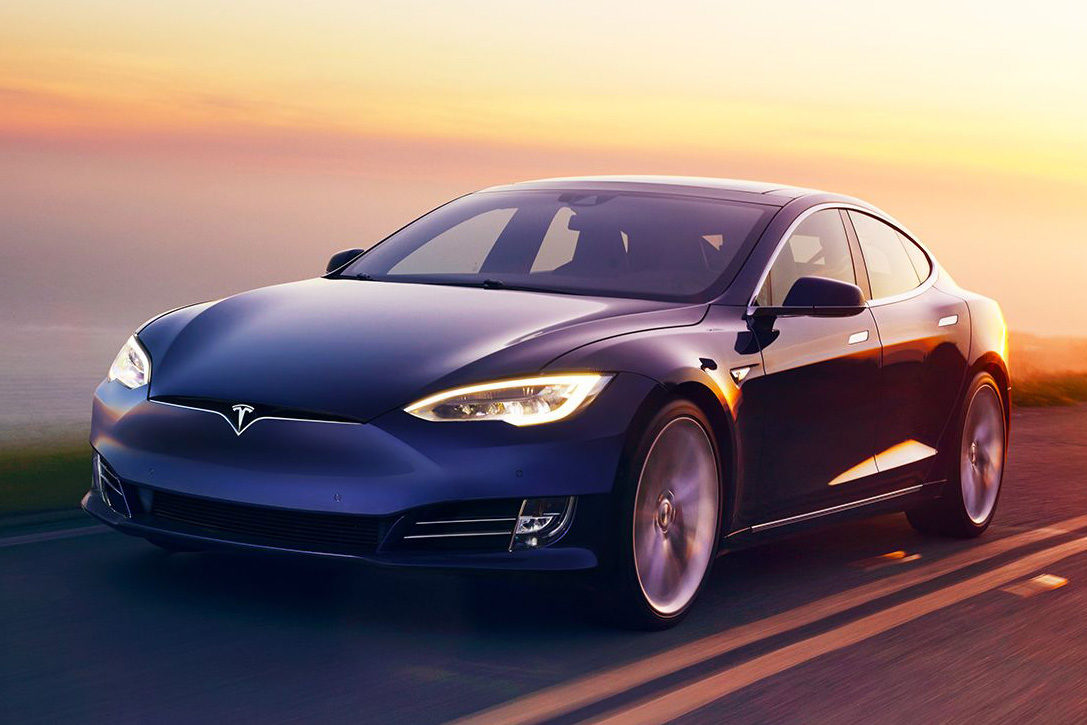“We’ve hinted at the impressive power output of the BMW iX M60 motor in our First Look, but its fifth-generation electric motor technology deserves its own examination. That’s because it’s both extremely high-tech and a little bit old-school. Here’s what you need to know, and why it’s so interesting that BMW used this motor on the iX M60. It’s a big advance in terms of the efficiency of the electric motor, while getting away from the use of rare earth minerals.
This fifth-generation BMW motor has no magnets. It operates as a three-phase AC synchronous motor using brushes and a commutator to provide power to the rotor windings, meaning that AC brushed motors aren’t just for third-world electric locomotives any more. We asked BMW about the life expectancy of those brushes and commutators, and what happens to the dust as they wear. While they couldn’t give us a lifetime estimate for the brushes, they did reassure us that the brush modules are “”in an enclosed and sealed compartment, eliminating dust contamination inside the stator/rotor wiring.”” Anyone who has worked with brakes or even brushed DC motors knows just how fine those dust particles are. It will be interesting to see both how long they last and just how much dust those modules will actually contain (or release).Permanent magnet machines typically rank as the most power-dense electric motors, but there’s no turning permanent magnets “”off. “” Their magnetic fields never change, so when they’re not being powered by energy in the stator winding, they’re generating energy in those windings, which creates drag. This is why some EVs powered by multiple motors either use a clutch to decouple and idle a permanent-magnet motor when it’s not needed, or they fit one asynchronous AC induction motor (which suffers no such losses) and one permanent-magnet motor. The rare earth metals that comprise permanent magnets are also increasingly hard to source ethically, with China controlling most of the rare-earth reserves, all of which is driving BMW and other motor manufacturers to look for other ways to make power-dense electric motors.
According to BMW, this fifth-generation motor system allows for more energy density, faster switching frequency, and better heat management. “”All of which,”” says BMW, “”translates to higher RPM, more torque, and even more power.”” BMW is betting that modern materials and sealing technology will allow modern-day brushes and commutators to last for a reasonable service interval in the life of a modern EV. From the looks of it, BMW isn’t exaggerating about output. Indeed, the standard combined output of both the front and rear motor of the iX M60 is 532 hp and 749 lb-ft of torque. Individually, the front motor provides 255 hp while the rear motor provides 483 hp in normal operation. In Sport Boost mode, that jumps to a combined 610 hp while Launch Mode should slam you in the back of your seat with 811 lb-ft of torque, combined. All without a change in battery power and in a package that gives you much deeper tunability of the motor.
It’s clear that the battle for magnet-less motor supremacy is only just getting started, and BMW is answering a key criticism frequently leveled against EVs: relying on rare mined materials makes EVs worse for the planet. We’re truly stepping into an interesting time in electric motor development.
Source: https://www.motortrend.com/news/bmw-ix-m60-brushed-electric-motor-tech-deep-dive/”

 English
English


